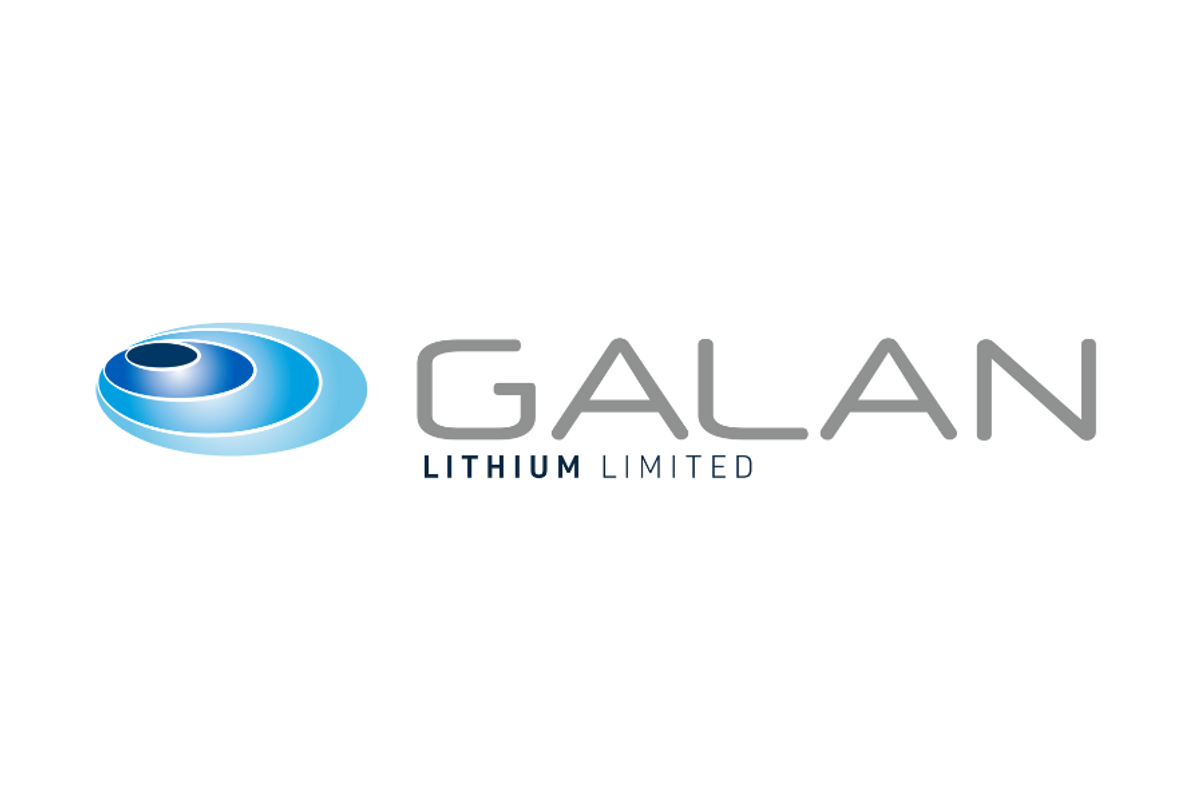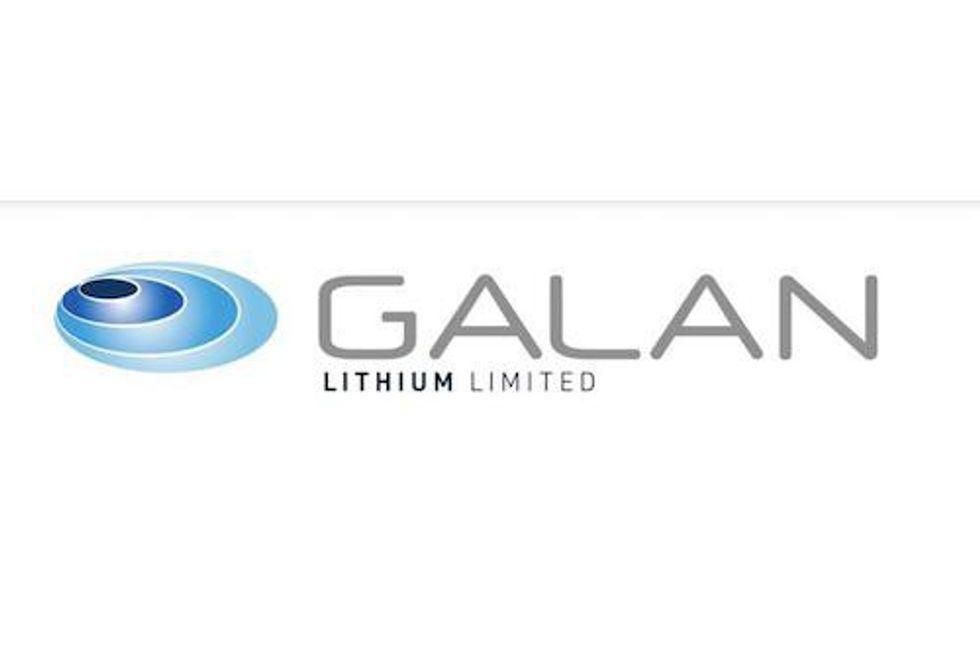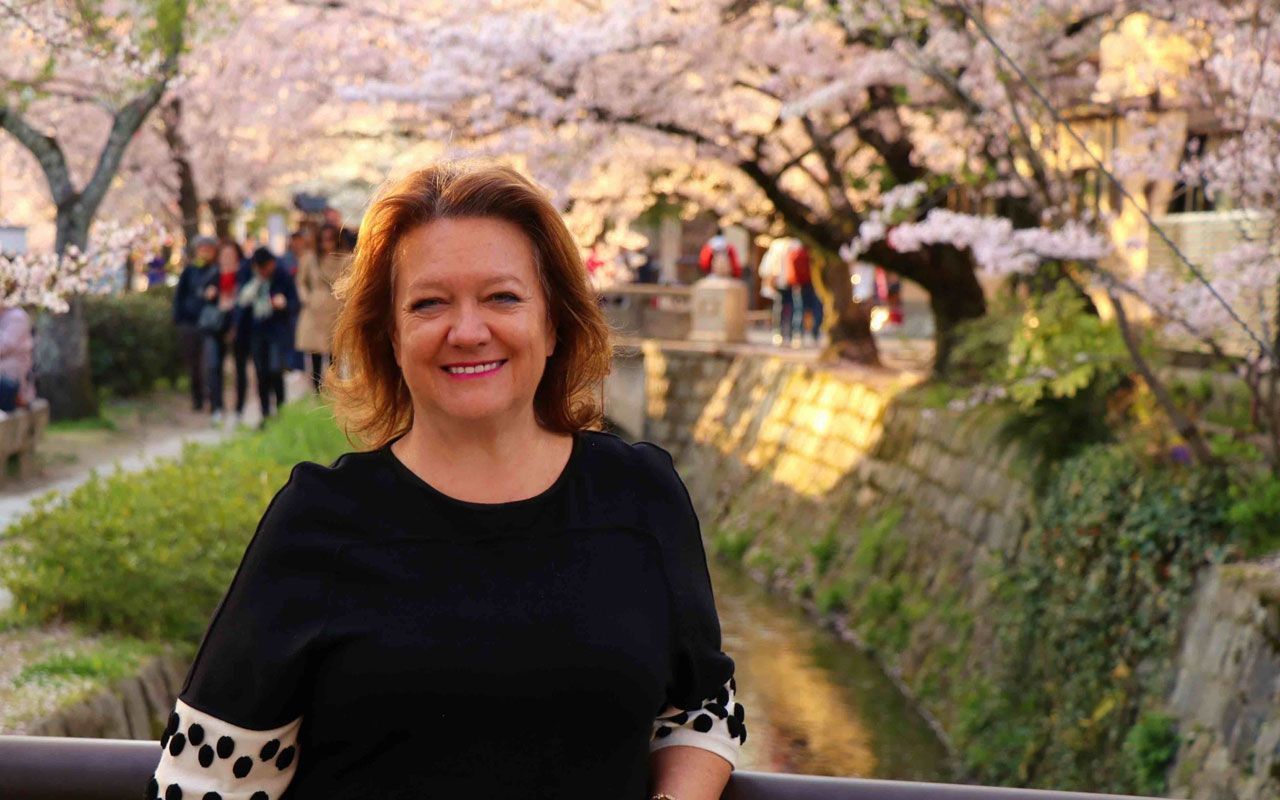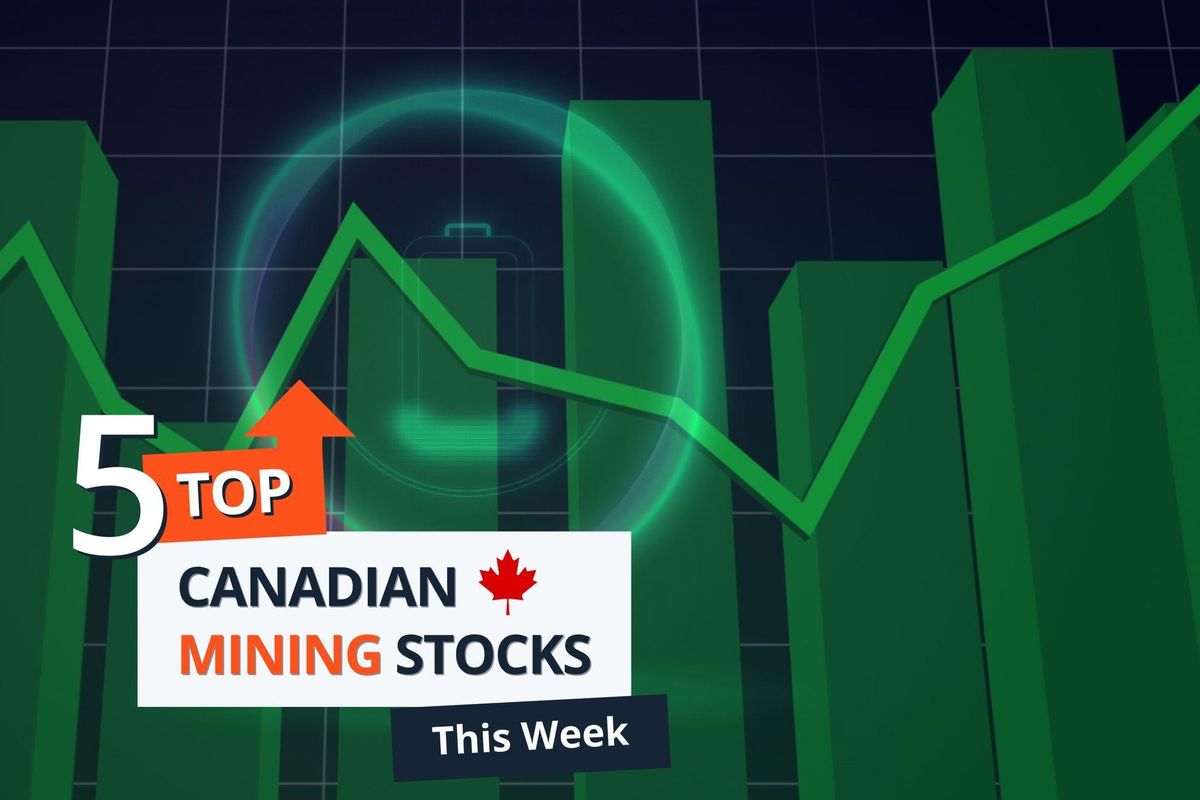
March 17, 2024
Galan Lithium Limited (ASX:GLN) (Galan or the Company) wishes to provide a response to speculation about any impact of the recent court ruling at its 100% owned Hombre Muerto West (HMW) lithium brine project, with lithium chloride production expected in H1 2025. Galan continues its steady progress in advancing its low cost, high grade HMW project to production in a timely manner.
- A recent court ruling by the Court of Justice in the Province of Catamarca has temporarily halted the issuance of new environmental permits and authorizations for the Los Patos River area until the provincial government completes an environmental impact assessment that takes into consideration the cumulative impact of all projects in the area.
- The resolution relates to the use of fresh water in the south-east part of the Hombre Muerto Salar, where the Los Patos River runs. The ruling has no impact on Galan’s existing and granted Phase 1 HMW permits and Environmental Impact Assessments (EIAs). Phase 1 construction continues.
- The resolution is also not expected to have any impact on Galan’s HMW Phase 2 development plans or permitting process, as Galan is not planning to source water from the Los Patos River. Galan is confident that the Phase 2 permitting application process remains on track with continued strong support from both local communities and government.
- Galan’s proposed HMW production process to produce a high grade lithium chloride concentrate (6% Li or 32% LCE) uses very little fresh water and considerably less water than the subsequent conversion to lithium carbonate or hydroxide, underpinning the low environmental impact of Galan’s chloride strategy. Furthermore, water for the HMW Project is to be sourced directly from in situ dedicated non-potable water wells.
As previously announced, the HMW project was separated into four production phases. The initial Phase 1 Definitive Feasibility Study (DFS) focused on the production of 5.4ktpa LCE of a lithium chloride concentrate by H1 2025, as governed by the approved production permits. The Phase 2 DFS targets 21ktpa LCE of a lithium chloride concentrate in 2026, followed by Phase 3 production of 40ktpa LCE by 2028 and finally a Phase 4 production target of 60ktpa LCE by 2030. Phase 4 will include lithium brine sourced from both HMW and Galan’s other 100% owned project in Argentina, Candelas. The very positive Phase 2 DFS results were announced on 3 October 2023 (https://wcsecure.weblink.com.au/pdf/GLN/02720109.pdf).
Galan’s Managing Director, Juan Pablo (JP) Vargas de la Vega, stated:
“We wish to confirm that a recent ruling by the Court of Justice in the Province of Catamarca, Argentina will have no impact on Galan's Phase 1 project and no expected impact on our Phase 2 development plans at Hombre Muerto West. We are not located in the area under dispute and there is no river running close by to Hombre Muerto West, that could be affected by similar rulings in the future. We are confident that this is a localised issue which may potentially impact some other projects operating on the Hombre Muerto Salar but has no impact on Galan.”
Click here for the full ASX Release
This article includes content from Galan Lithium, licensed for the purpose of publishing on Investing News Australia. This article does not constitute financial product advice. It is your responsibility to perform proper due diligence before acting upon any information provided here. Please refer to our full disclaimer here.
GLN:AU
The Conversation (0)
20 April
Galan Lithium
Developing high-grade lithium brine projects in Argentina
Developing high-grade lithium brine projects in Argentina Keep Reading...
25 August
Galan Lithium Limited: SUCCESSFUL DUE DILIGENCE COMPLETED - $20M PLACEMENT TO PROCEED
Highlights: All conditions in relation to the $20 million placement to Clean Elements Fund have been satisfied. Due diligence undertaken by Clean Elements Fund validates the standing of Hombre Muerto West ( HMW ) as a world class lithium project, offering exceptional scale and grade. Galan is... Keep Reading...
24 August
Successful Due Diligence Ends - $20M Placement To Proceed
Galan Lithium (GLN:AU) has announced Successful Due Diligence Ends - $20m Placement To ProceedDownload the PDF here. Keep Reading...
01 August
Final At-The-Market Raise for 2025
Galan Lithium (GLN:AU) has announced Final At-The-Market Raise for 2025Download the PDF here. Keep Reading...
30 July
Quarterly Activities and Cash Flow Report
Galan Lithium (GLN:AU) has announced Quarterly Activities and Cash Flow ReportDownload the PDF here. Keep Reading...
28 July
Galan Lithium Limited: Incentive Regime for HMW Project in Argentina
Galan Lithium Limited (ASX: GLN,OTC:GLNLF) (" Galan " or " the Company ") is pleased to advise that the Comite Evaluador de Proyectos RIGI, responsible for awarding the Argentine Government's Régimen de Incentivo para Grandes Inversiones (the incentive regime for large-scale investments referred... Keep Reading...
9h
Battery Storage Market Surging as Electricity Demand Enters New Era
Speaking at Benchmark Week, Iola Hughes, head of battery research at Benchmark Mineral Intelligence, outlined a market that is undergoing “very strong growth" and becoming indispensable to energy security.Hughes described energy storage as the fastest-growing segment in the battery sector today.... Keep Reading...
9h
Inside Billionaire Gina Rinehart's Key Mining Investments
Australian billionaire Gina Rinehart has become a formidable force in the global mining industry. After taking the helm of her father’s iron ore firm Hancock Prospecting in 1993, she embarked upon a diversification strategy that has vastly expanded her resource empire. Now Australia’s richest... Keep Reading...
26 November
Long State Funding Update
Atlantic Lithium (A11:AU) has announced Long State Funding UpdateDownload the PDF here. Keep Reading...
24 November
CATL Reportedly Plans to Restart Key Chinese Lithium Mine By December
Contemporary Amperex Technology (SZSE:300750,OTC Pink:CTATF) is preparing to restart its Jianxiawo lithium mine in Jiangxi province as soon as early December, industry sources familiar with the matter told Bloomberg.The sources, who declined to be named, said CATL has asked suppliers and... Keep Reading...
24 November
Liontown Resources’ Spodumene Auction Attracts Nine Countries
Liontown Resources (ASX:LTR,OTC:LINRF) held its first digital spot sales auction for 10,000 wet metric tonnes of spodumene concentrate from its Kathleen Valley lithium operations in Western Australia.The auction, attracting over 50 buyers from nine countries, was conducted on Metalshub, a... Keep Reading...
21 November
Top 5 Canadian Mining Stocks This Week: Sigma Lithium Flips the Switch with 64 Percent Gain
Welcome to the Investing News Network's weekly look at the best-performing Canadian mining stocks on the TSX, TSXV and CSE, starting with a round-up of Canadian and US news impacting the resource sector.Statistics Canada released October’s consumer price index (CPI) data on Monday (November 17).... Keep Reading...
Latest News
Latest Press Releases
Related News
TOP STOCKS
American Battery4.030.24
Aion Therapeutic0.10-0.01
Cybin Corp2.140.00







